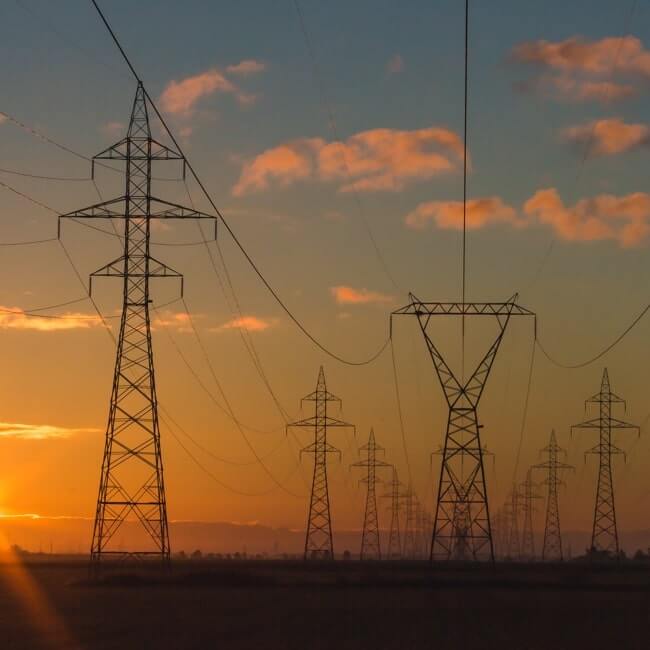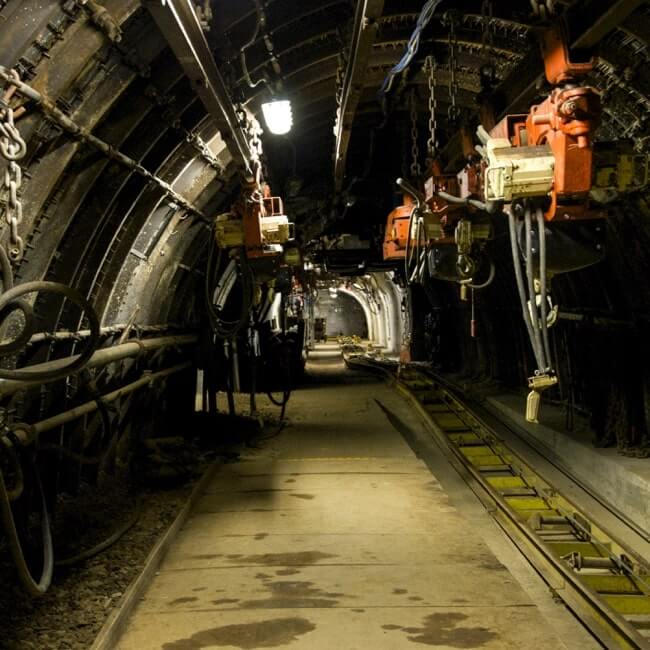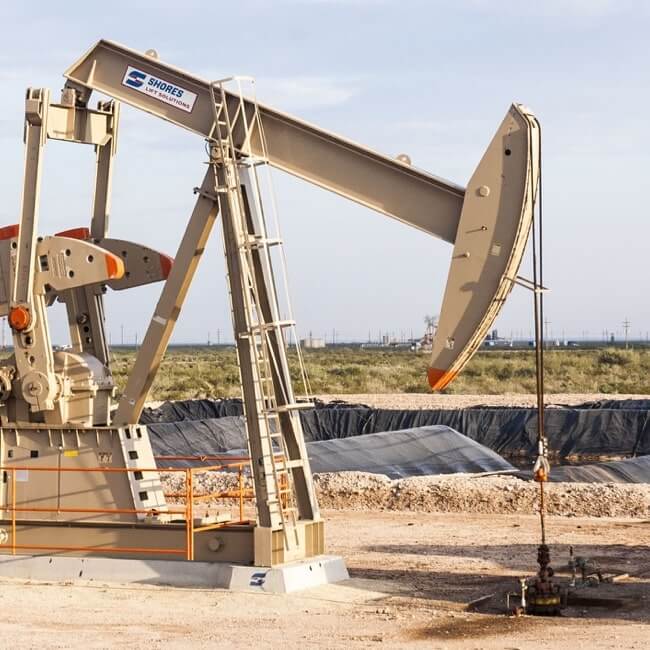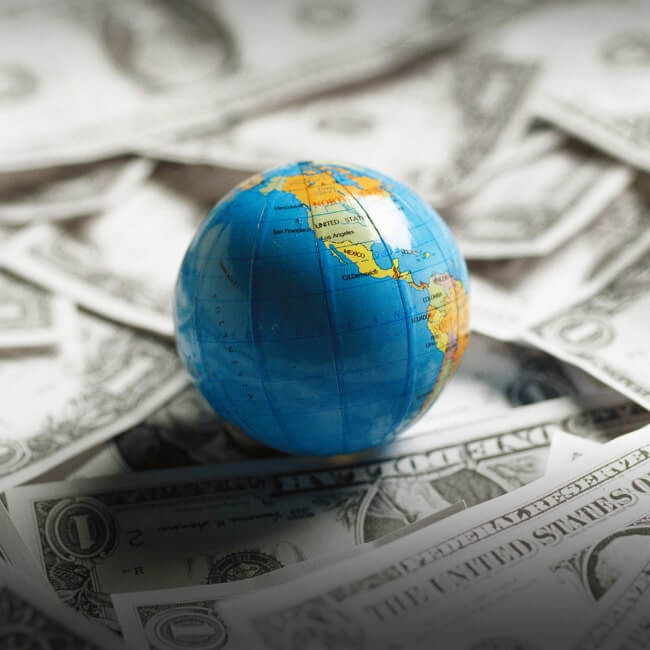Spotlight: Thermoelectric generation in Guyana, Suriname

The push in Guyana and Suriname to tap their hydrocarbon resources has opened doors for the incorporation of natural gas into the energy mix, particularly for power generation as part of the energy transition.
To learn about this and other opportunities, BNamericas provides a snapshot of the countries’ thermoelectric profile and perspectives.
Guyana
Most of Guyana's electricity comes from heavy fuel oil-fired plants, with renewables limited to small-scale off-grid solar units.
The installed capacity of the thermal plants, operated by state electricity company Guyana Power & Light (GPL), is around 214MW, of which 190MW belong to the Demerara Berbice interconnected system (DBIS), the country's main network, and the rest to isolated systems.
According to GPL, there are DBIS generating units that have exceeded their economic and operational life, and although maintenance helps them stay online, there is a high risk of mechanical failure.
Some units were commissioned in 1981 and the possible conversion of units to natural gas has been considered.
Lately, the grid has been affected by peak demand spikes, which has ranged from 172MW to 205MW, forcing authorities to contract backup capacity, such as the use of a power barge.
As the world's fastest growing economy, supported by the development of its oil and natural gas resources, Guyana's electricity demand is expected to grow substantially.
GPL forecasts that its customers will reach 265,014 in 2028, 40,012 more than in 2023.
Dispatch is expected to receive a boost in 2025 with the commissioning of a 300MW plant as part of Guyana's gas-to-power project, which will receive gas from the Stabroek offshore block.
Guyana’s government also is evaluating the possibility of a second gas-fired power station, having recently issued an application for a phase two gas-to-power project. Additionally, the government selected Fulcrum LNG to develop gas infrastructure.
To ensure there is sufficient transport capacity, GPL has intensified its efforts to expand the network, including launching a tender for a works package estimated at US$200mn.

Suriname
Suriname's installed power generation capacity stands at 510MW, 62% of which is thermal (diesel and heavy fuel oil), 37% hydro and 1% solar.
Peak demand has ranged 226-250MW with some forecasts expecting this figure to reach 373MW and 662MW in 2030 and 2040, respectively.
The build-out of the country’s first deepwater oil and gas producer, block 58, and associated services as well as the revenue windfall for the state and its economic development impact would help drive higher electricity offtake.
Of the thermal park, state power utility EBS operates seven plants and national oil company Staatsolie through its power subsidiary Staatsolie Power Company Suriname (SPCS), one plant.
EBS’s thermal plants are DDP (170MW), Nickerie (22MW), Albina (9MW), Moengo (8.4MW), Coronie (5MW), Wageningen (4.3MW), Apoera (1.6MW), and SPCS operates the 96MW Tout Lui Faut plant.
Most of these plants have been in operation for decades, and are in need of upkeep and modernization. There also is talk of the possibility of migrating some units to natural gas as part of the energy transmission, particularly to help curb emissions and increase efficiency.
Along with block 58, gas supply is envisioned to come from the Sloanea-1 gas discovery at neighboring block 52. Discussions have taken place between Staatsolie Hydrocarbon Institute and block 52 operator Petronas, to appraise a potential floating LNG gas development.
The country aims to transition to a fully renewable electricity market by 2060, increasing solar’s contribution to 10% with the potential for wind to account for 20-30%.
One challenge, however, facing Suriname, is the need to shore up the transmission and distribution network amid growing energy demand.
To address this shortfall, the government has secured financing from the Islamic Development Bank Group (US$47.7mn), the Saudi Fund for Development (US$20.2mn) and the OPEC Fund for International Development (US$25.3mn). The government will provide US$12.5mn.

Subscribe to the leading business intelligence platform in Latin America with different tools for Providers, Contractors, Operators, Government, Legal, Financial and Insurance industries.
News in: Electric Power (Guyana)
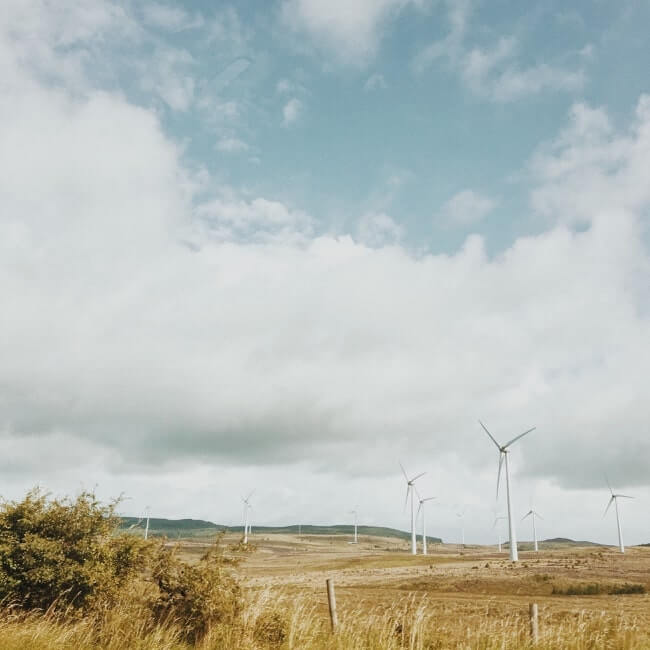
Guyana power grid works package draws sole bidder
The planned dispatch infrastructure includes an underground river crossing.
Subscribe to Latin America’s most trusted business intelligence platform.
Other projects in: Electric Power
Get critical information about thousands of Electric Power projects in Latin America: what stages they're in, capex, related companies, contacts and more.
- Project: Termoriente
- Current stage:

- Updated:
5 days ago
- Project: Santa Rita 8 photovoltaic plant (Santa Rita photovoltaic complex)
- Current stage:

- Updated:
5 days ago
- Project: Santa Rita 7 photovoltaic plant (Santa Rita photovoltaic complex)
- Current stage:

- Updated:
5 days ago
- Project: Santa Rita 6 photovoltaic plant (Santa Rita photovoltaic complex)
- Current stage:

- Updated:
5 days ago
- Project: Santa Rita 5 photovoltaic plant (Santa Rita photovoltaic complex)
- Current stage:

- Updated:
5 days ago
- Project: Santa Rita 4 photovoltaic plant (Santa Rita photovoltaic complex)
- Current stage:

- Updated:
5 days ago
- Project: Santa Rita 3 photovoltaic plant (Santa Rita photovoltaic complex)
- Current stage:

- Updated:
5 days ago
- Project: AR Panimávida Solar project
- Current stage:

- Updated:
5 days ago
- Project: Ñañapura Solar Photovoltaic Park (ERNC Block I 500MW)
- Current stage:

- Updated:
5 days ago
- Project: 500kV Southwestern Reinforcement
- Current stage:

- Updated:
5 days ago
Other companies in: Electric Power
Get critical information about thousands of Electric Power companies in Latin America: their projects, contacts, shareholders, related news and more.
- Company: Arteche México
-
In Mexico, Arteche is primarily an equipment supplier manufacturing of transformers and smart grid solutions. The Arteche ACP subsidiary focuses on project, design, development,...
- Company: Proyfe Brasil
- Company: OPDE Chile SPA (OPDE Chile)
